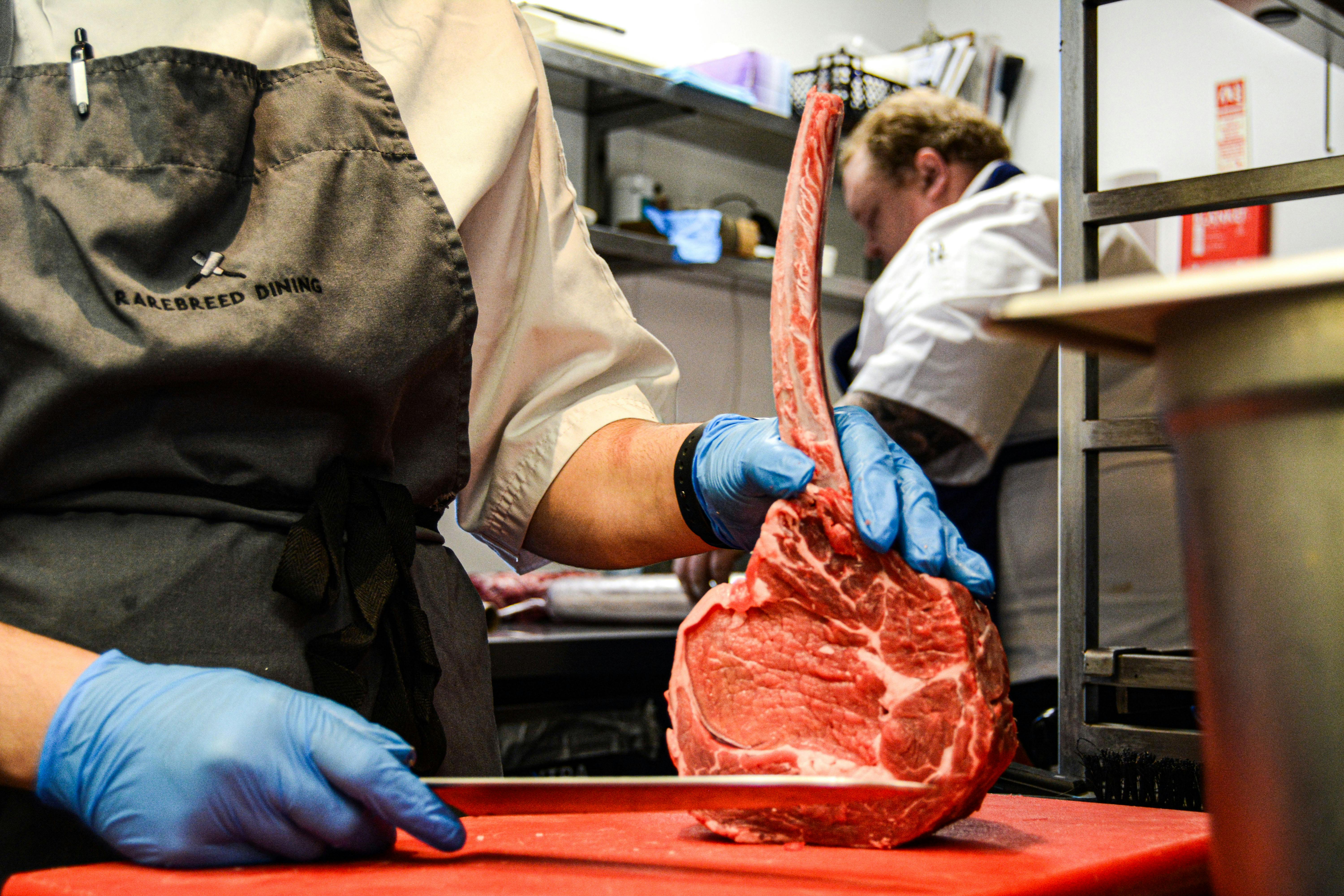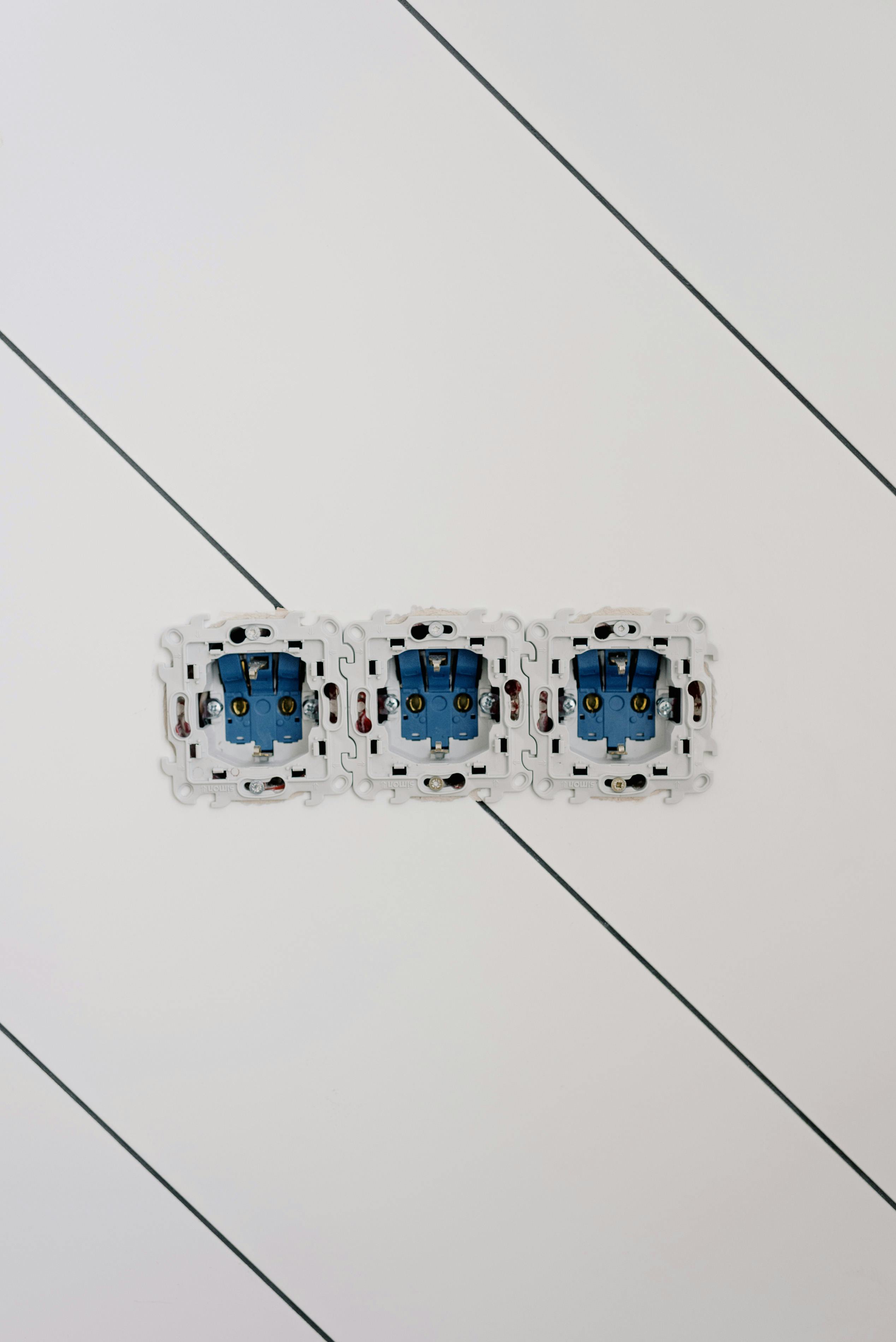How to Easily Make Frosting without Powdered Sugar in 2025

How to Make Frosting Without Powdered Sugar: The Ultimate Guide
Frosting is a delightful way to elevate your baked goods, but for those seeking to avoid powdered sugar, alternatives are readily available. Learning how to make frosting without traditional confectioners' sugar opens up a world of creativity in the kitchen. In 2025, as dietary preferences shift towards healthier options, the demand for homemade frosting is on the rise. This article will guide you through various techniques and alternative ingredients to craft delicious frosting that caters to diverse dietary needs, such as vegan, gluten-free, and low-sugar options.
Whether you’re baking for a birthday party, a casual gathering, or just because, having a range of frosting recipes at your disposal is essential. From creamy buttercream to refreshing whipped cream frostings, we've got you covered. You'll discover tips, variations, and even some troubleshooting advice to help you achieve the perfect frosting consistency. By the end of this article, you’ll be prepared to impress with your frosting skills!
Key Takeaways:
- Explore various methods for making frosting without powdered sugar.
- Discover alternative sweeteners and ingredients.
- Learn tips for achieving the desired frosting consistency.
- Find creative ideas for decorating baked goods.
Essential Ingredients for Frosting Without Icing Sugar
Building a solid foundation begins with understanding the key ingredients that can replace powdered sugar in your frosting recipes. Natural sweeteners such as honey, maple syrup, and agave syrup can seamlessly substitute the sweetness of traditional icing sugar.
For a creamy base, consider using butter, cream cheese, or even coconut cream for a dairy-free option. Each of these bases contributes a unique texture and flavor profile to the frosting. If you're aiming for a healthier approach, Greek yogurt can serve as an excellent alternative, providing both creaminess and protein while naturally lowering sugar content.
Additionally, nut butters, like almond or peanut butter, create a rich and delightful frosting that's also high in healthy fats. These alternatives not only enhance the flavor but also introduce a unique twist to your frosting creations. Explore various combinations to find the best match for your desserts.
Choosing the right combination of ingredients is crucial for achieving the desired frosting consistency. A thicker, denser frosting may require more base or fat, while a lighter frosting can be achieved through whipped ingredients.
Frosting Tip: Experimenting with different bases and sweeteners allows you to customize your frosting for specific flavor profiles and dietary requirements.

Understanding Frosting Consistency: Tips and Techniques
With the right ingredients in hand, it's essential to grasp the concept of frosting consistency. The texture of your frosting should be smooth, spreadable, and able to hold its shape when piped onto cakes or cupcakes. Different types of frosting will yield varying consistencies, so understanding the science behind it is key.
Butter-based frostings tend to be thicker, while cream cheese frostings offer a balance between creaminess and fluffiness. Whipped cream frostings are light and airy, making them perfect for decorating delicate desserts.
One effective method for achieving the perfect frosting is by using a combination of dry and wet ingredients. If your frosting is too thick, gradually add liquid sweeteners, nut milks, or even a splash of dairy-free cream until the desired consistency is reached. Conversely, if your frosting is too runny, incorporate some nut butter or chilling the frosting in the fridge for a short while can help thicken it.
Another consideration when making frosting is temperature. Ingredients that are too cold can lead to a lumpy texture, so allow your butter or cream cheese to soften to room temperature before mixing.
Frosting Mistake to Avoid: Overmixing your frosting can lead to air incorporation, making it too fluffy. Aim for a smooth texture without overbeating.

Creative Frosting Variations Using Alternative Ingredients
Now that you have a solid understanding of the ingredients and techniques, let’s explore some creative variations of frosting that you can easily make without powdered sugar. Starting with a classic, buttercream frosting can be modified using raw honey or coconut sugar for a healthier take.
For a unique twist, try making chocolate frosting with mashed avocados for a healthy fat option without sacrificing flavor. The richness of avocado pairs wonderfully with cocoa powder, creating an irresistibly creamy frosting that's also dairy-free and egg-free.
If you're in the mood for something fruity, fruit-based frostings using pureed strawberries or raspberries can add natural sweetness and a burst of flavor. Combine these purees with Greek yogurt or coconut cream for a refreshing topping that's perfect for summer desserts.
Another popular variation is maple syrup frosting, which brings a unique sweetness that pairs perfectly with spice cakes and muffins. Simply combine mashed butter or vegan butter with maple syrup for a delightful, easy-to-make frosting.
For an exotic flavor profile, consider incorporating spices like cinnamon or nutmeg into your frosting to create warm undertones, perfect for fall and holiday baked goods.
As you explore these creative options, remember to keep adjusting your ratios to achieve the right sweetness and smoothness.
Frosting Decoration Techniques and Tips
Once you have your frosting prepared, it’s time to put your decorating skills to the test! There are several techniques to apply frosting that can elevate the aesthetic appeal of your cakes and cupcakes. Piping tips can create decorative swirls and shapes that enhance presentation.
For a simple yet effective technique, use a spatula to create textured frosting effects on your cakes, giving them a rustic appeal. You can mix food coloring into your frosting for beautifully vibrant colors or try incorporating natural food colors from fruits and vegetables.
Decoration can also include fresh fruits, edible flowers, or chocolate shavings to add extra flair and flavor. Remember, the visual appeal can enhance the overall experience of enjoying your creations!
If you're looking for a professional finish, using a bench scraper can help achieve smooth edges on your frostings, particularly on layer cakes. Chill your cake for a few minutes before frosting to allow the base to firm up, making the application easier.
Finally, don't hesitate to let your creativity run wild. With all these techniques and tips, you're equipped to craft exquisite frosting for any occasion!
By integrating these ideas and methods into your baking routine, you’ll soon be known for your delightful and creative frosting!
Frosting Safety Tip: Always store your frosting properly, especially if it’s made with dairy or eggs, to ensure freshness and safety.